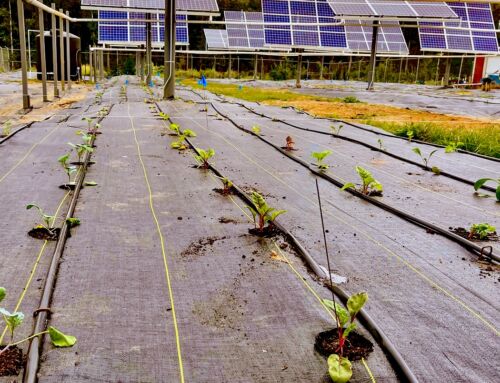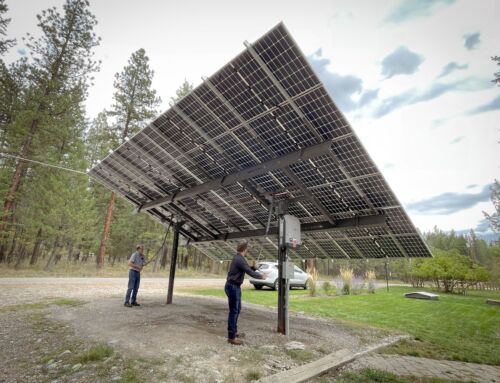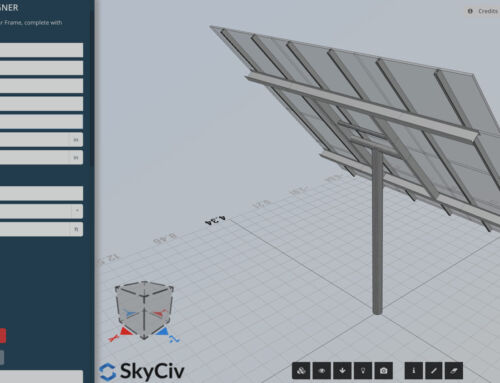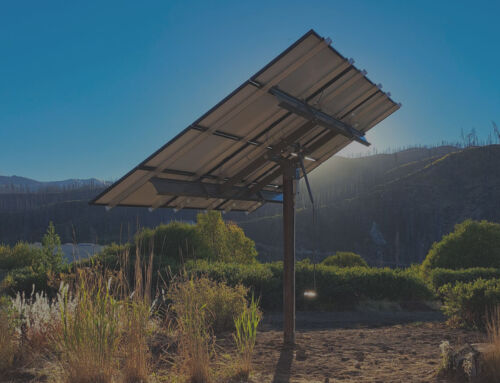Offering solar racking installations in winter can be challenging. With unpredictable weather, icy conditions, low temperatures, and the logistical headaches of coordinating with equipment and service providers who might curb their operations, it’s easy to see why many solar installers choose to scale back during the winter months or delay all jobs until spring.
Install companies that find a way to work around these conditions could gain a competitive edge with businesses and homeowners who are eager to move forward with projects, regardless of the season.
If you’ve been looking for a way to complete more solar install jobs but don’t want to compromise your team’s safety or any job’s integrity, you’ll be pleased to learn you have options that suit winter solar installations. This article will look at the specifics of cold-weather solar projects and how to work around some obstacles that come with the season.
Winter Solar Installations – Roof Racking vs Pole Mounts
Seasonal conditions shouldn’t be the sole factor in deciding between roof or ground-based solar installations, as each option includes specific advantages and limitations, but it’s important to address what’s involved with each. This lets you keep your customers fully informed on their options, especially those who are eager to move forward with an off-season project, and what it’ll take to get the job done.
Roof-Based Racking
While it’s possible to install roof racking during the winter, many installation companies limit their schedules or dissuade customers from scheduling jobs during the coldest, iciest months. Safety is a big reason why.
Before the installation can begin, roofs must be dry and clear. Any snow, ice, leaves, and other debris must be totally removed, which prolongs the job and increases labor demands. In addition to standard safety equipment that protects install teams from falls, compatible weather gear will be a necessity to protect against frostbite and other cold weather hazards.
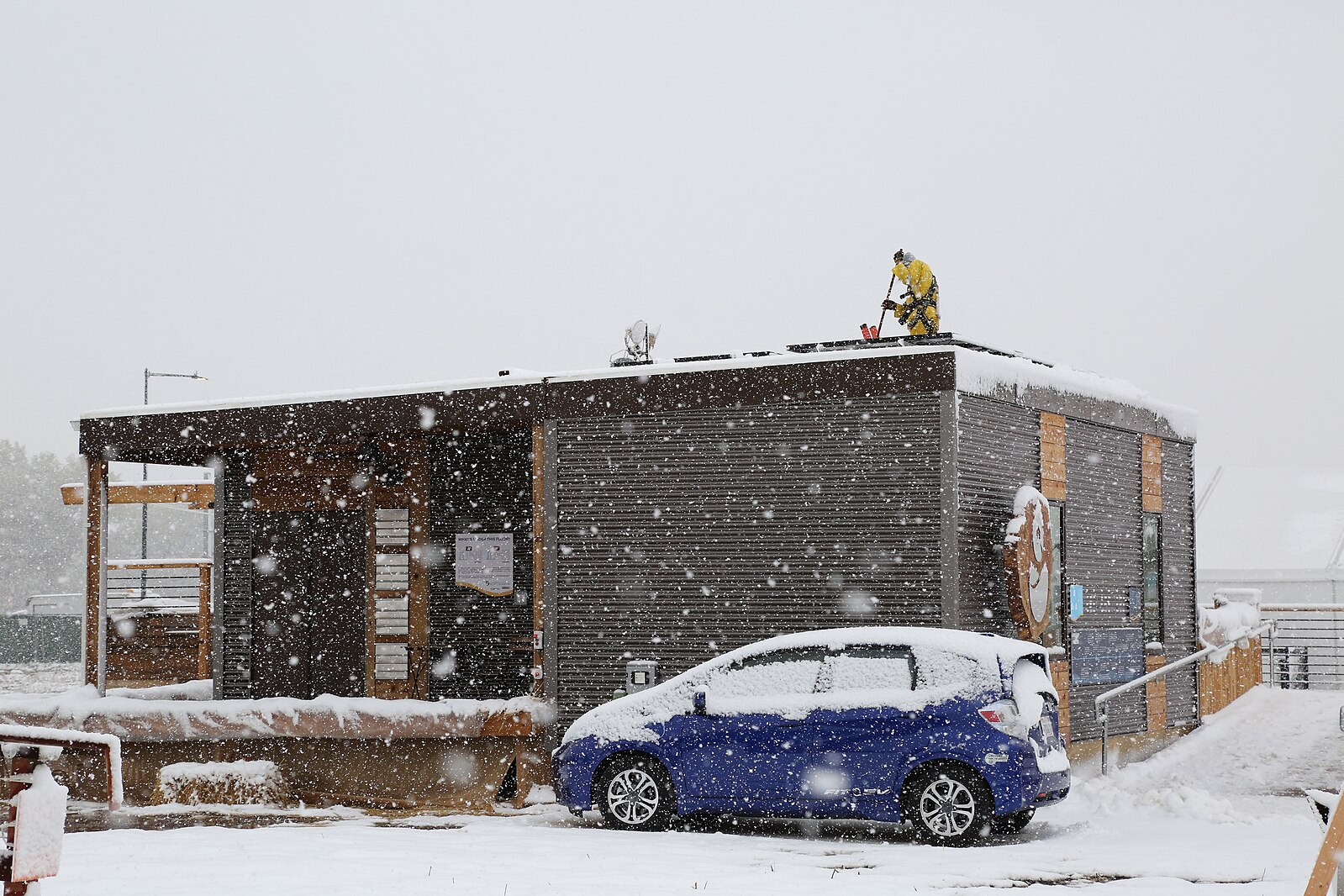
photo: U.S. Department of Energy
Even with a clear roof, brisk temperatures and wind can send installers off balance when hauling modules up a ladder, increasing the potential for costly damage. Loss of dexterity, either from thick gloves or cold hands, can make the assembly and wiring processes extra challenging. While hardworking teams can and do overcome these difficulties, it’s easy to see why most would want to completely avoid winter roof installs.
Pole-Mounted Solar
Top-of-pole solar mounts can be installed in the winter with fewer safety issues. Since they’re built at ground level and then hoisted into place, snow and ice are less of a detriment. Any significant snow accumulation can be shoveled or plowed until the surface is accessible for digging the foundation, setting the pole, and moving forward with the assembly.
A quick-to-install racking system means fewer visits to the site, less labor, and shorter windows needed to rent equipment. This is the best scenario when the days are shorter, colder, and generally tougher on install teams.
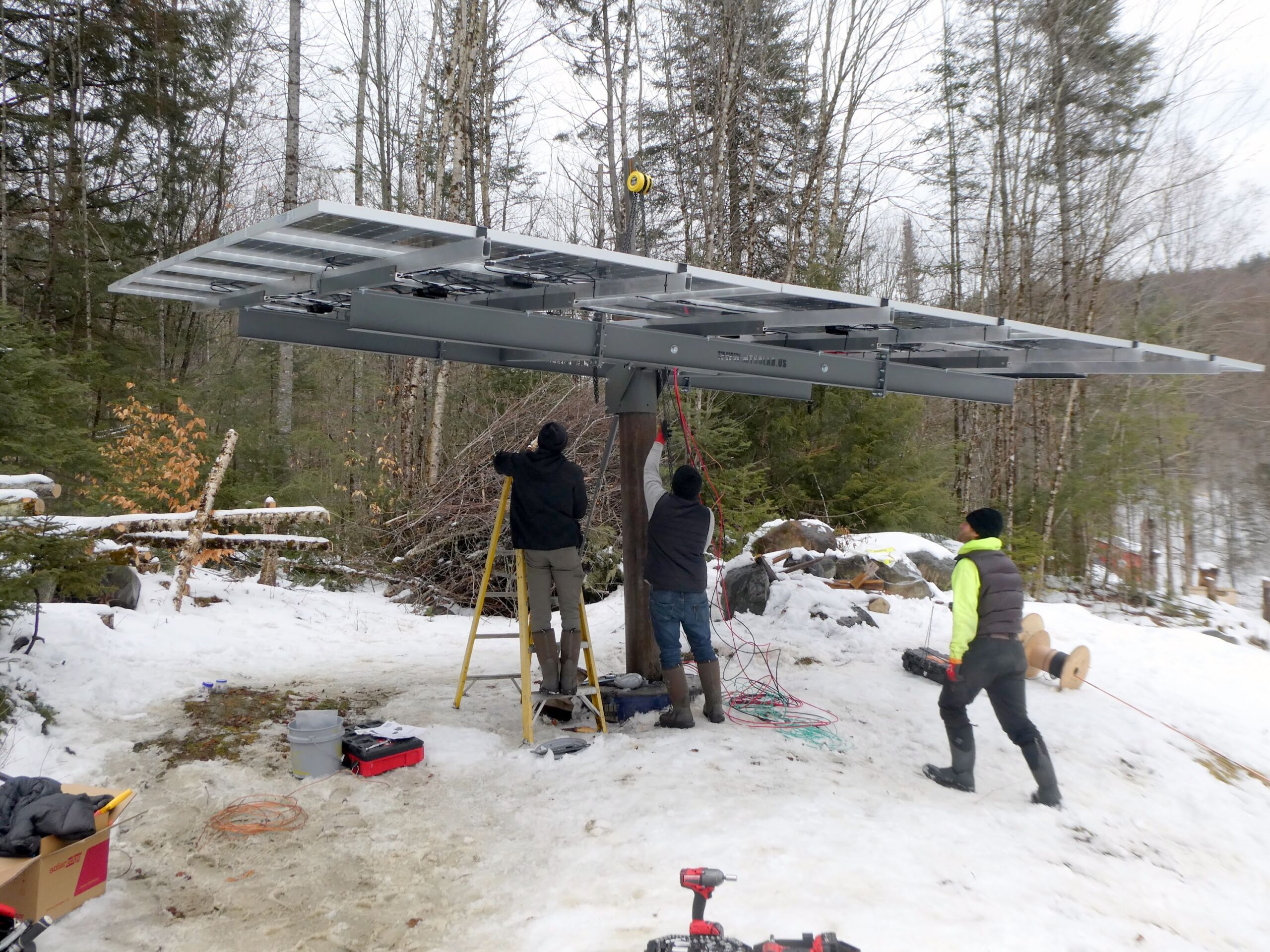
photo: Greg W. (DIY)
Although some extra steps may be needed when working in frozen ground and pouring concrete in low temperatures, the mount assembly itself isn’t hindered by ice, snow, or cold. There’s no need to complete any sealing, painting, or finishing on the mount pole, frame, or other hardware.
Assembling the mount, bonding and wiring the modules, and completing the vast majority of steps can be accomplished with installers standing on the ground. A simplified assembly method makes it possible to work with a smaller team, keep track of all components, and get the job done more efficiently. Overall, it’s a process that’s better suited to tougher conditions and environments.
Pole mounts alleviate many of the safety and labor concerns that come with winter roof installs, however, there are some special considerations and conditions to prepare for.
Installing a Solar Mount in Frozen Ground
Frozen ground isn’t much of a safety issue for solar installers, but it can impede the foundation and pole-setting process, as well as digging trenches for conduit.
Depending on the depth of the frost, frozen ground can be broken using an excavator that’s equipped with a frost bucket or ripper shank attachment. These tools are specially designed to penetrate deeply frozen and rocky ground. During the planning process, make sure to determine whether the ground you’ll be excavating is likely to be frozen to a significant depth. You can then make sure to source or request frost-cutting hardware with the excavation equipment.
Even without a specially equipped excavator, it’s possible to penetrate frozen ground using a hydraulic hammer, rotary cutter, or hydraulic ripper. Since standard mount foundations only require a 48-inch square or 36-inch diameter circle of surface ground to be broken, hydraulic tools are usually sufficient to break up smaller sections of frozen soil. Once the frozen layer is disrupted, the ground can be dug using standard tools.
Pouring Concrete Foundations in Lower Temperatures
Colder temperatures affect concrete mixing and curing. If temperatures are below 40º F, special steps are needed to ensure that the concrete does not freeze during or up to 48 hours after it’s fully cured. If the concrete freezes during or shortly after curing, loss of strength could compromise the foundation.
One way to protect concrete from low temperatures is to use windbreaks or heated enclosures made from wood, canvas, or plastic sheeting. These insulating structures, combined with moderate heating, are effective options for maintaining above-freezing temperatures throughout the pouring and curing process.
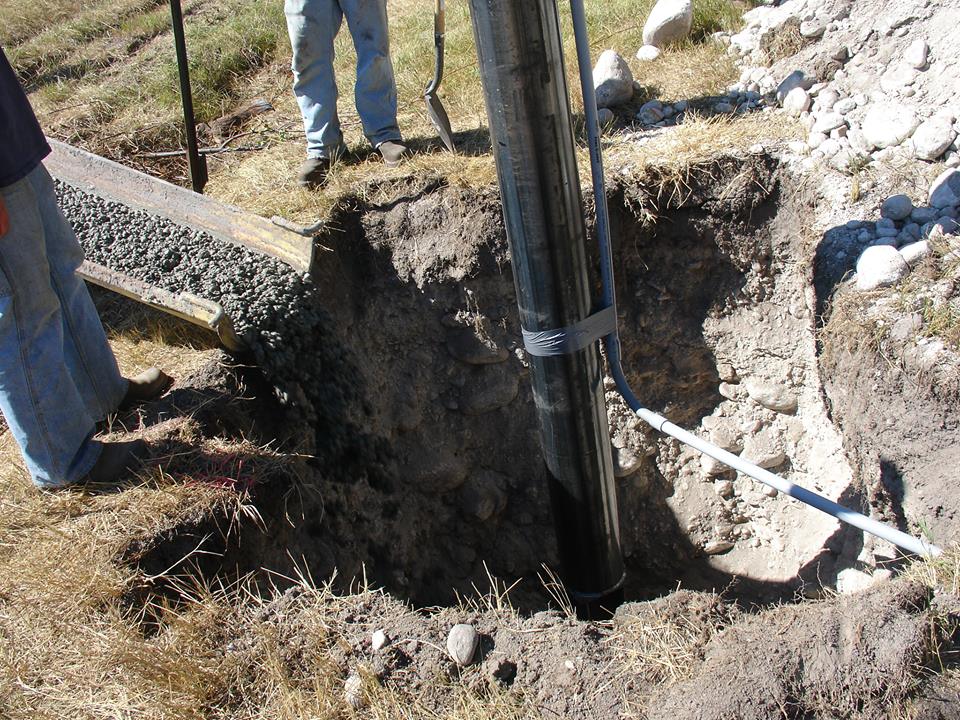
photo: Jordan Solar
During mixing, it may also be necessary to heat the water before it’s introduced to the cement and make adjustments or additions to the mixing ratios. For example, using an accelerating chemical admixture or avoiding mixes with fly ash can accelerate curing rates.
You’ll also want to monitor the temperature and ensure the concrete isn’t allowed to fall below 50ºF for an additional 48 hours after the foundation has cured. If any windbreaks or enclosures need to be broken down so the mount can be assembled, insulating blankets can help regulate the concrete temperature.
Offer Safe, Efficient Solar Installations All Year Round
Pole-mount solar racking gives install companies more freedom to maintain a year-round installation schedule, and without compromising on safety or quality of life for their install teams. In addition to the many benefits that top-of-pole solar mounts offer overall, they enable enterprising solar companies to complete jobs when many of their competitors are essentially hibernating.
You can learn more about the solar pole-mount installation process with other resources in the Learning Center. You can also talk to our team for guidance on an upcoming winter solar project.
photo: Solar Bear Heating | Libby, MT


